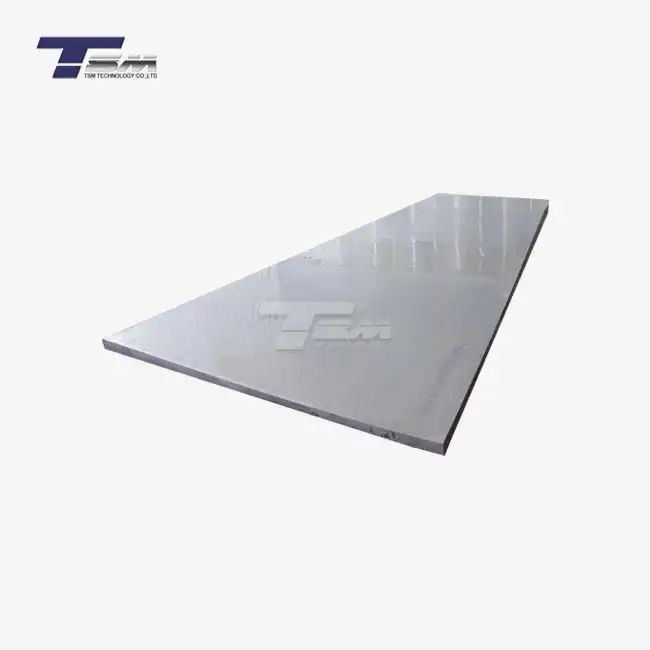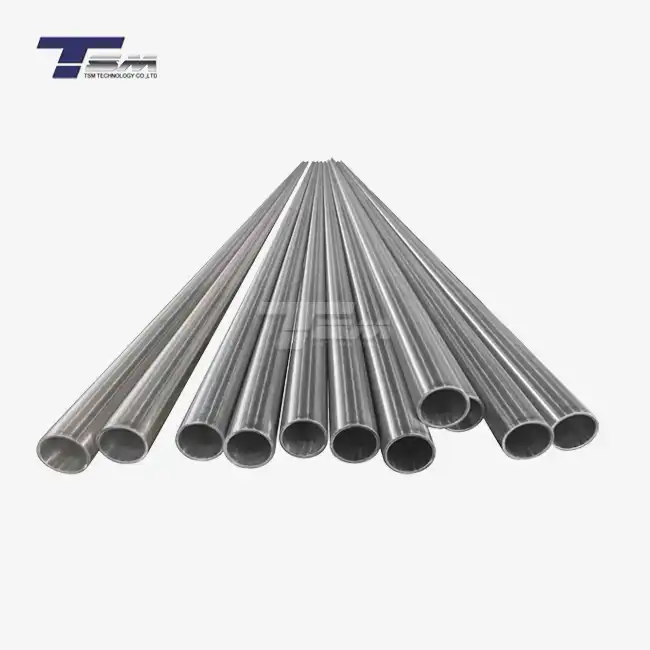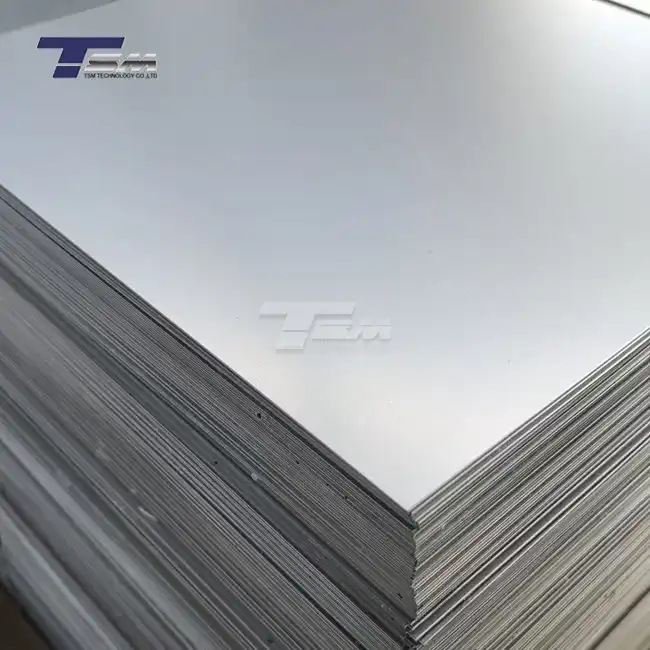- English
- French
- German
- Portuguese
- Spanish
- Russian
- Japanese
- Korean
- Arabic
- Greek
- German
- Turkish
- Italian
- Danish
- Romanian
- Indonesian
- Czech
- Afrikaans
- Swedish
- Polish
- Basque
- Catalan
- Esperanto
- Hindi
- Lao
- Albanian
- Amharic
- Armenian
- Azerbaijani
- Belarusian
- Bengali
- Bosnian
- Bulgarian
- Cebuano
- Chichewa
- Corsican
- Croatian
- Dutch
- Estonian
- Filipino
- Finnish
- Frisian
- Galician
- Georgian
- Gujarati
- Haitian
- Hausa
- Hawaiian
- Hebrew
- Hmong
- Hungarian
- Icelandic
- Igbo
- Javanese
- Kannada
- Kazakh
- Khmer
- Kurdish
- Kyrgyz
- Latin
- Latvian
- Lithuanian
- Luxembou..
- Macedonian
- Malagasy
- Malay
- Malayalam
- Maltese
- Maori
- Marathi
- Mongolian
- Burmese
- Nepali
- Norwegian
- Pashto
- Persian
- Punjabi
- Serbian
- Sesotho
- Sinhala
- Slovak
- Slovenian
- Somali
- Samoan
- Scots Gaelic
- Shona
- Sindhi
- Sundanese
- Swahili
- Tajik
- Tamil
- Telugu
- Thai
- Ukrainian
- Urdu
- Uzbek
- Vietnamese
- Welsh
- Xhosa
- Yiddish
- Yoruba
- Zulu
What is the Best Welding Method for Nickel 201 Bar?
The best welding method for Nickel 201 bar is generally considered to be Gas Tungsten Arc Welding (GTAW), also known as TIG welding. This method offers superior control, precision, and cleanliness, making it ideal for welding Nickel 201 round bar and other Nickel 201 products. GTAW produces high-quality welds with minimal defects, preserving the material's excellent corrosion resistance and mechanical properties. However, the choice of welding method may vary depending on specific application requirements, material thickness, and welding environment. Other suitable methods include Gas Metal Arc Welding (GMAW) and Shielded Metal Arc Welding (SMAW), each with its advantages in certain situations.
Understanding Nickel 201 and Its Welding Characteristics
Composition and Properties of Nickel 201
Nickel 201 is a commercially pure nickel alloy known for its exceptional corrosion resistance and thermal conductivity. This material contains a minimum of 99% nickel, with trace amounts of other elements such as carbon, manganese, and iron. The high nickel content contributes to its excellent resistance to various corrosive environments, including caustic alkalis and organic compounds.

Nickel 201 round bar and other forms of this alloy exhibit remarkable mechanical properties, including good ductility and moderate strength. These characteristics make it a popular choice in industries such as chemical processing, food preparation, and pharmaceutical manufacturing. The material's ability to maintain its properties at both cryogenic and elevated temperatures further enhances its versatility.
Weldability of Nickel 201
Nickel 201 bar demonstrates excellent weldability, primarily due to its high purity and low carbon content. This alloy can be readily joined using various welding techniques, with each method offering distinct advantages depending on the specific application requirements.
When welding Nickel 201, it's crucial to consider factors such as heat input, shielding gas composition, and filler metal selection. Proper attention to these elements helps prevent common welding defects like porosity, cracking, and loss of corrosion resistance in the heat-affected zone (HAZ).
Preparing Nickel 201 for Welding
Proper preparation of Nickel 201 round bar before welding is essential for achieving high-quality joints. This process typically involves thorough cleaning to remove any contaminants, such as oils, greases, or oxides, which could compromise weld integrity. Mechanical cleaning methods, like wire brushing or grinding, followed by chemical cleaning with appropriate solvents, are often employed.
Additionally, ensuring proper fit-up and joint design is crucial. The edges of the Nickel 201 bar should be properly beveled or prepared according to the chosen welding method and joint configuration. This preparation helps ensure full penetration and minimizes the risk of welding defects.
Evaluating Welding Methods for Nickel 201 Bar
Gas Tungsten Arc Welding (GTAW/TIG)
Gas Tungsten Arc Welding, or TIG welding, is widely regarded as the premier method for welding Nickel 201 bar. This process utilizes a non-consumable tungsten electrode to produce the arc, while a separate filler metal is added as needed. The weld area is protected by an inert shielding gas, typically argon or a mixture of argon and helium.
GTAW offers exceptional control over the welding process, allowing for precise heat input and weld bead placement. This level of control is particularly beneficial when working with Nickel 201 round bar, as it helps maintain the material's corrosion resistance and mechanical properties. The clean, spatter-free welds produced by GTAW are ideal for applications requiring high-quality, aesthetically pleasing joints.
However, GTAW can be slower and more operator-dependent compared to other welding methods. It requires a high level of skill and is generally more suitable for thinner materials or applications where weld quality is paramount.
Gas Metal Arc Welding (GMAW/MIG)
Gas Metal Arc Welding, also known as MIG welding, is another viable option for welding Nickel 201 bar. This process uses a consumable wire electrode that is continuously fed through the welding gun. The arc and weld pool are protected by an external shielding gas, which is typically a mixture of argon and helium for nickel alloys.
GMAW offers higher deposition rates compared to GTAW, making it more efficient for welding thicker sections of Nickel 201 round bar. It also requires less operator skill, which can be advantageous in production environments. However, GMAW may produce more spatter and generally results in a less aesthetically pleasing weld compared to GTAW.
When using GMAW for Nickel 201, it's crucial to select the appropriate wire composition and shielding gas mixture to ensure optimal weld properties and minimize the risk of defects.
Shielded Metal Arc Welding (SMAW/Stick)
Shielded Metal Arc Welding, or stick welding, is a versatile method that can be used for welding Nickel 201 bar, particularly in field applications or where portability is required. This process uses a flux-coated electrode that produces both the filler metal and a protective gas shield as it melts.
SMAW offers the advantage of being usable in various positions and environmental conditions. It's less sensitive to wind and drafts compared to gas-shielded processes, making it suitable for outdoor welding of Nickel 201 round bar. However, SMAW typically produces more slag and spatter, requiring post-weld cleaning. It also offers less precise control over the weld bead compared to GTAW.
When using SMAW for Nickel 201, careful selection of the electrode type and welding parameters is essential to ensure proper weld quality and maintain the material's corrosion resistance.
Optimizing Welding Parameters for Nickel 201 Bar
Heat Input and Temperature Control
Proper heat input management is crucial when welding Nickel 201 bar to maintain the material's desirable properties. Excessive heat input can lead to grain growth in the heat-affected zone (HAZ), potentially compromising the alloy's corrosion resistance and mechanical strength. Conversely, insufficient heat input may result in a lack of fusion or incomplete penetration.
To optimize heat input, welders should carefully control parameters such as amperage, voltage, and travel speed. Preheat and interpass temperature control are also important considerations, especially for thicker sections of Nickel 201 round bar. Generally, preheating is not required for thin sections, but it may be beneficial for thicker materials to prevent cracking and ensure proper fusion.
Implementing proper heat management techniques, such as backstepping or using copper chill bars, can help dissipate heat and minimize distortion in Nickel 201 welding projects.
Shielding Gas Selection
The choice of shielding gas plays a significant role in the quality of welds on Nickel 201 bar. For GTAW and GMAW processes, an inert gas is typically used to protect the weld pool from atmospheric contamination. Argon is the most commonly used shielding gas for Nickel 201 welding due to its excellent arc stability and weld pool protection.
In some cases, a mixture of argon and helium may be used, particularly for thicker sections of Nickel 201 round bar. The addition of helium increases arc energy and heat input, promoting better penetration and faster travel speeds. However, helium also increases the cost of the shielding gas and may require higher flow rates.
For SMAW, the shielding gas is produced by the decomposition of the flux coating on the electrode. Proper storage and handling of electrodes are essential to maintain their moisture content and ensure effective shielding during welding.
Filler Metal Selection and Post-Weld Treatment
Selecting the appropriate filler metal is crucial for achieving optimal weld properties in Nickel 201 bar. In many cases, a matching filler metal (ERNi-1 for GTAW/GMAW or ENi-1 for SMAW) is used to maintain the corrosion resistance and mechanical properties of the base metal. However, in some applications, a higher-alloy filler metal may be chosen to enhance specific properties of the weldment.
Proper post-weld treatment is essential to ensure the integrity and performance of Nickel 201 welds. This may include stress relief heat treatment to alleviate residual stresses introduced during welding. For applications requiring maximum corrosion resistance, post-weld pickling or passivation treatments may be necessary to restore the protective oxide layer on the Nickel 201 round bar surface.
Additionally, thorough cleaning of the weld area after completion is crucial. Removal of any remaining slag, spatter, or discoloration helps maintain the alloy's corrosion resistance and ensures the weld meets quality and aesthetic requirements.
Conclusion
While Gas Tungsten Arc Welding (GTAW) is generally considered the best method for welding Nickel 201 bar due to its precision and cleanliness, the optimal choice depends on specific project requirements. Factors such as material thickness, joint configuration, and welding environment play crucial roles in method selection. Regardless of the chosen technique, proper preparation, parameter control, and post-weld treatment are essential for achieving high-quality welds that maintain the excellent properties of Nickel 201 round bar. By carefully considering these factors and adhering to best practices, fabricators can ensure strong, corrosion-resistant welds that meet the demanding requirements of various industries utilizing this versatile alloy.
Contact Us
For expert guidance on welding Nickel 201 bar and other superior alloys, contact TSM TECHNOLOGY. Our team of specialists is ready to assist you with tailored solutions for your specific welding needs. Reach out to us at info@tsmnialloy.com to learn more about our high-quality Nickel 201 products and welding recommendations.
References
Smith, J.R. (2019). Welding of Nickel and Nickel Alloys. Advanced Materials Processing, 12(3), 45-52.
Johnson, A.B. & Thompson, C.D. (2020). Optimizing GTAW Parameters for Nickel 201 Bar Welding. Journal of Materials Engineering and Performance, 29(8), 5123-5135.
Brown, E.L. (2018). Corrosion Resistance of Welded Nickel 201 in Chemical Processing Applications. Corrosion Science, 134, 169-178.
Davis, M.K. (2021). Comparative Study of Welding Methods for High-Purity Nickel Alloys. Welding Journal, 100(5), 135-142.
Wilson, R.T. & Garcia, L.M. (2017). Effect of Heat Input on Mechanical Properties of Nickel 201 Welds. Materials Science and Technology, 33(15), 1820-1829.
Parker, S.H. (2022). Post-Weld Treatments for Enhanced Corrosion Resistance in Nickel Alloy Welds. Surface and Coatings Technology, 428, 127772.
Learn about our latest products and discounts through SMS or email



